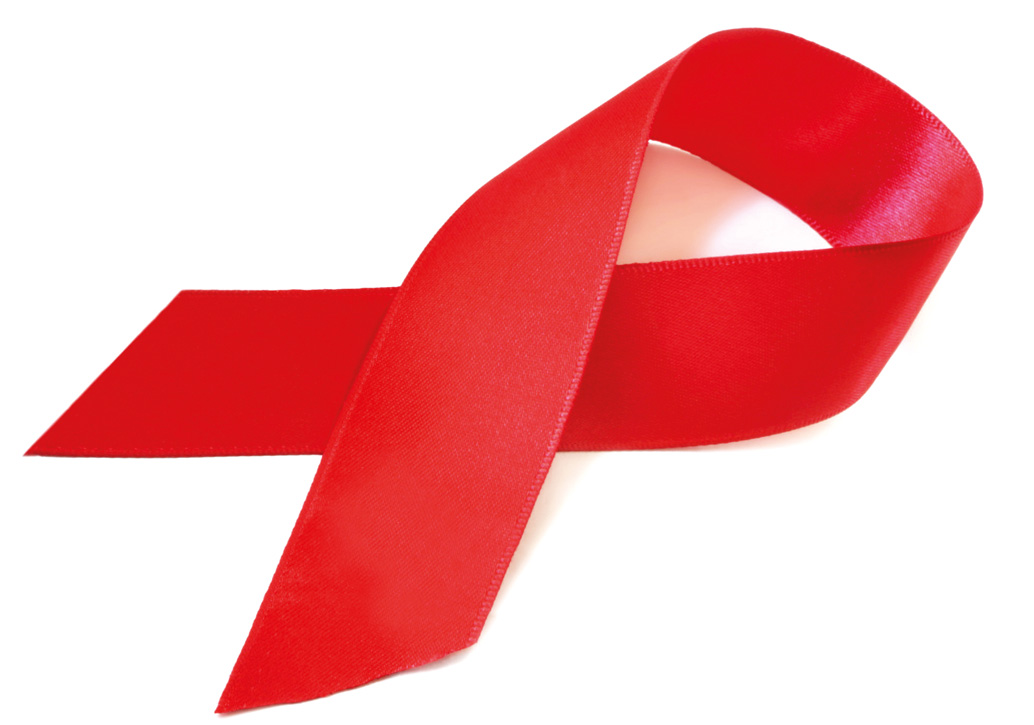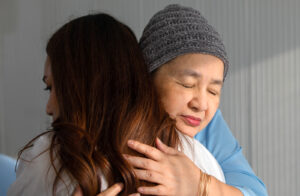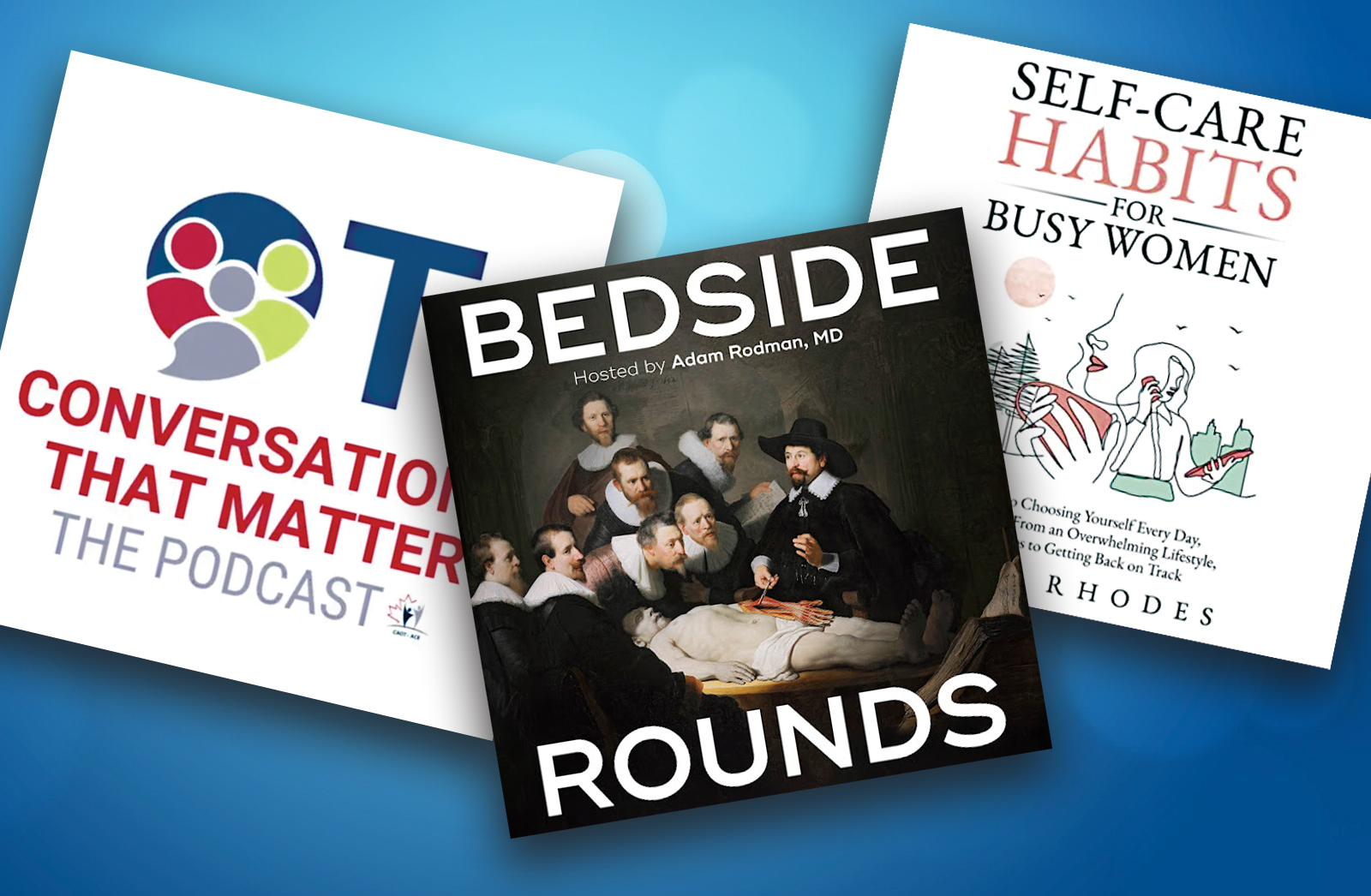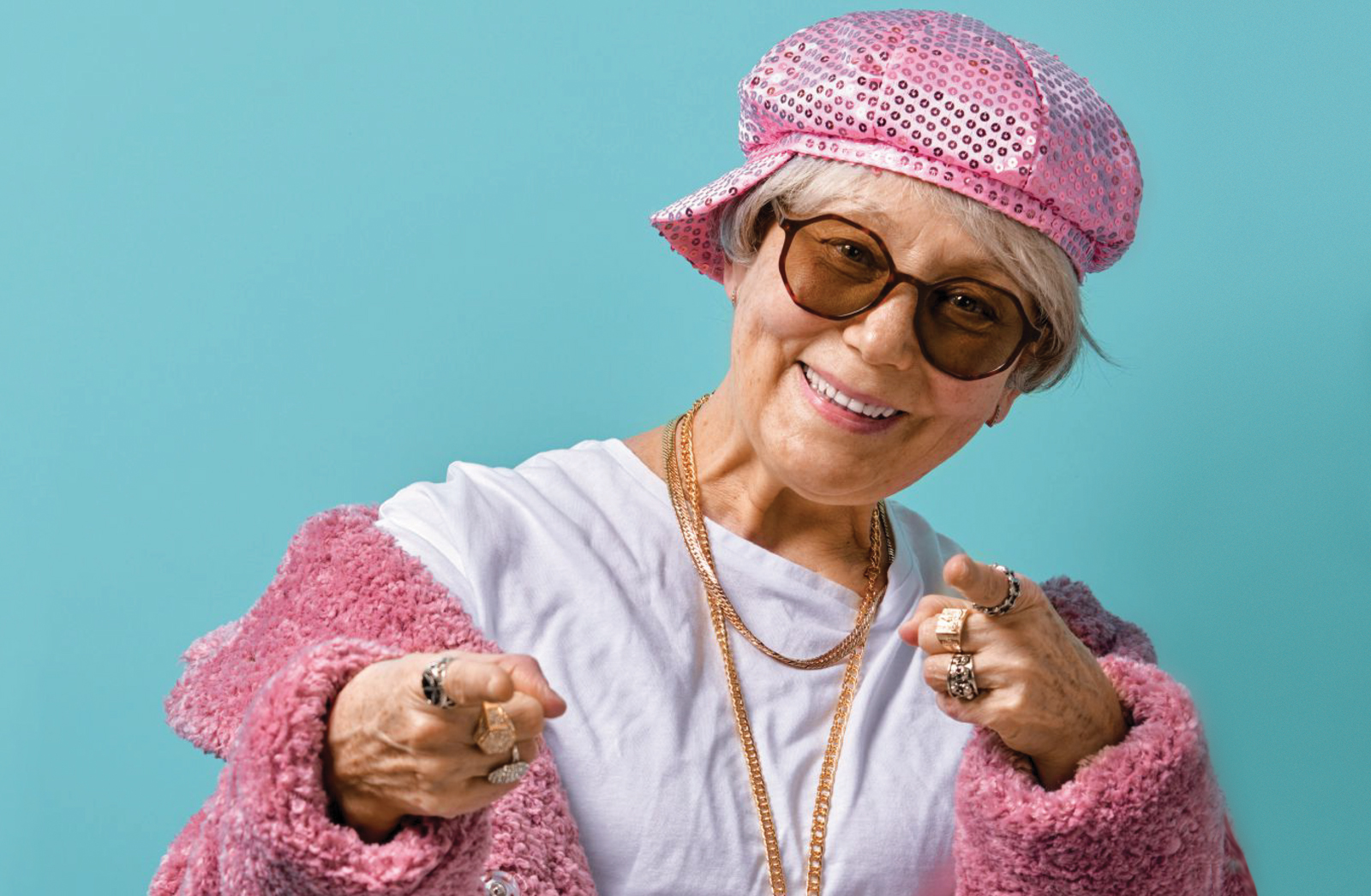Value-added care for older adults
By Kate Murzin
What do the numbers 16, 30, 40, 50 and 65 have in common? They are all milestone birthdays but also, re-ordered, these five figures describe significant markers in the evolution of HIV in Canada. Considering the latest population data, a conversation about birthdays, HIV and aging is overdue. According to the Public Health Agency of Canada, there are approximately 75,500 people living with HIV in the country. Between 35 and 45 per cent of them are over the age of 50. Even based on this conservative estimate, this means that about 30,000 older adults might already or very soon be looking to access welcoming and relevant aging-related health and social services.
Improved longevity
As well as being an oft-celebrated turning point of middle age in the general population, for the past decade, age 50 has been considered by clinicians and researchers to be the start of “older adulthood” for people living with HIV. In part this is due to the intersecting effects of HIV, antiretroviral medications, historical trauma, and social and structural determinants of health, including poverty, marginalization and discrimination. Studies have found that people living with HIV tend to experience a greater number of concurrent chronic health conditions across their life course. Individuals living with HIV describe feeling older than their HIV-negative relatives and friends. In clinical terms, their functional status may be out of step with their chronological age. To better understand the cumulative impact of HIV across the life course, it is helpful to turn back the clock.
 Looking back
Looking back
During the early days of HIV in Canada, the vast majority of new diagnoses were among 30-somethings young adults in the prime of their lives. Their attempts to build a life were interrupted. Most were told they might die, and approximately one-third did die because of non-existent or ineffective medication. In fact, well over 10,000 people died of AIDS across Canada, leaving gaping holes in communities and deep emotional scars on loved ones, as well as guilt and isolation among those living with HIV who were left behind. A full 16 years passed between 1981 when the first cases of AIDS were charted in Canada and 1996/97, when the introduction of combination therapy revolutionized HIV treatment and brought many people back from the brink of death. In the mid-1990s, this “sweet 16” milestone meant people who had access to HIV treatment, care and support gradually became physically stronger and more forward-looking, having developed a remarkable hardiness and resilience in the face of adversity.
Long-term survivors
Today, these long-term survivors find themselves standing side by side with people who received their HIV diagnosis more recently, in the middle to late stages of their lives. Within the next decade, many will reach age 65 and, like their HIV-negative peers, they’ll be ushered into the role of “seniors” by health and social policies rooted in chronological age. What all of these trailblazers the first group to reach old age with HIV have in common is a lack of clarity about what their future holds as few before them have reached seniorhood. The resulting anxiety can be a barrier to living a full life despite clinical treatment. Researchers have described uncertainty about future health challenges, finances (especially given inevitable changes to income at age 65) and who will provide care and support as a key dimension of episodic disability among people aging with HIV.
Undetectable = untransmittable
One aside that warrants mention in relation to certainty, and fits nicely in a discussion of milestones, is “undetectable = untransmittable” or “U=U.” Enter the number 40 in this case “copies,” not years. A total of 40-50 copies/mL is the minimum amount of the virus that can be detected in the bloodstream of a person living with HIV with a viral load test, a routine laboratory measure used to monitor the effectiveness of HIV treatment over time. If the viral load is below this level then it is said to be “undetectable,” which means treatment is working very well. Research has confirmed that a person living with HIV who is durably virally suppressed to an undetectable (or near undetectable, <200 copies/mL) level for at least six months cannot pass on HIV to a sexual partner. This information can reduce anxiety related to the potential for onward transmission of HIV carried by many people living with the virus. It is too commonly assumed that seniors are asexual, so frank sexual health discussions are probably not taking place as often as they should.
Time for change
Over a decade ago Realize, a national charitable organization that responds to the rehabilitation needs of people living with HIV and other episodic disabilities, recognized HIV and aging as central to its organizational efforts to help people living with HIV overcome challenges to living well and living fully. Since then, Realize has been a catalyst for policy, practice, education and research efforts related to fostering a good quality of life among older adults and addressing structural causes of uncertainty.
Reducing the disconnect
One of Realize’s most successful HIV and aging interventions to date is an evidence-based blended learning course for health and social service providers called “HIV and Older Adults,” which was introduced in 2013/14. This educational program aims to address a disconnect that concerns older adults living with HIV who are seeking services. Regardless of their care requirements, research shows that people aging with HIV are reluctant to access services from aging-focused organizations as such groups are perceived to be unprepared to meet these individuals’ needs while maintaining their dignity.
There is a strong negative undercurrent about accessing aging-related services outside the HIV sector. This anxiety may be warranted, given that Realize’s learner needs assessments have shown that fewer than half of service providers in aging-focused settings have knowingly cared for individuals living with HIV. Seventy per cent of potential participants on the HIV and Older Adults course say they have received no prior training on HIV and aging; and self-reported knowledge of HIV in older adults was rated low to moderate among those working in both the HIV community and aging services. In some cases, then, perception might be reality.
Course objectives
The ultimate goal of the HIV and Older Adults course is to increase the likelihood of positive encounters, rooted in empathy and trust, between older people living with HIV and those providing HIV- and aging-related services. The self-study and group discussion curriculum is evidence based and designed to increase knowledge of clients’ needs, assets and experiences while challenging stigmatizing beliefs about HIV, sexual health, drug use and aging. The course also reinforces supportive behaviours among learners from the HIV, home care, long-term care and seniors’ care sectors.
There are four core self-study modules: social determinants of health, HIV and older adults; myths about older adults; HIV as a complex chronic illness; and HIV, aging and mental health. These have been designed to appeal to registrants with different learning needs, so reading material is supported by case examples, videos, discussion forums and links to additional content. Every participant attends an interactive group discussion session, either in person or virtually, which is co-hosted by an older adult living with HIV. These sessions raise awareness among service providers of up-to-date resources on aging with HIV, and facilitate knowledge exchange between front-line care providers from organizations serving people living with HIV and those working with older adults.
The whole picture
To date, 200 learners have taken part in the course, including rehabilitation professionals, nurses, personal support workers, students, counsellors, peer navigators and administrators. These participants work in diverse settings, from community-based HIV organizations to hospitals, home care providers and sexual health centres. The idea is for learners to communally develop a well-rounded understanding of the lives of people aging with HIV. This is something Realize has been able to achieve according to one course participant, who said: “What stands out the most was seeing the whole picture all of the social determinants of health and the effect these can have on an older adult living with HIV, coupled with…stigma around their HIV status, ageism, mental health and potential disabilities.”
Champions for change
The numbers 16, 30, 40, 50 and 65 coincidentally add up to 201 the approximate number of health and social service providers who have completed the HIV and Older Adults blended learning course so far. It is the hope of Realize that current and future course graduates will become champions within their organizations, combatting stigma, encouraging fellow staff to build professional capacity to serve people aging with HIV and prompting administrators to consider how they can make care environments safer for older adults living with or vulnerable to HIV.
Kate Murzin is a Health Programs Specialist at Realize. Working with older adults living with and vulnerable to HIV, Kate focuses on strengthening ties between the HIV community and organizations serving people older than 50. She also supports the National Coordinating Committee on HIV and Aging, a network of people who are passionate about addressing HIV-related issues affecting aging adults. Kate shares information and stories through workshops, conversations and colourful diagrams. She aims to inspire policy-makers and care providers to respond to the needs of older adults affected by HIV, and equip them with the evidence and tools to do so. Kate has a masters of public health degree from the University of Toronto. For more information visit realizecanada.org














